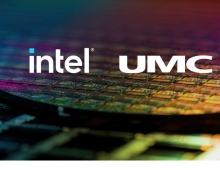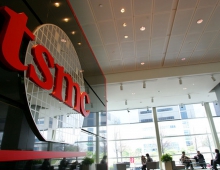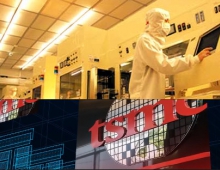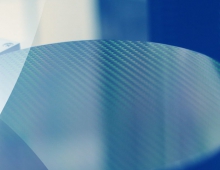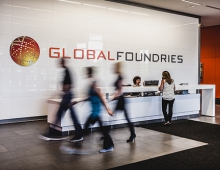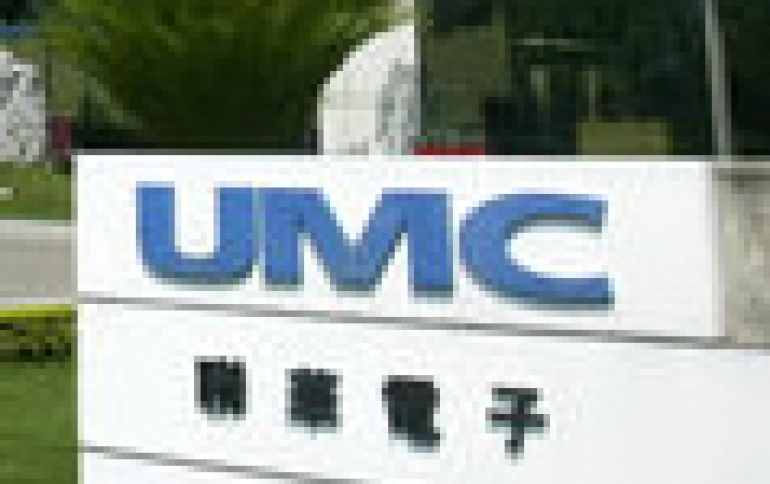
UMC and GLOBALFOUNDRIES Won't Develop 7nm Technology
United Microelectronics Co, the world's No. 3 contract chipmaker, will not consider rejoin the race to develop 7-nanometer (nm) technology after bigger rival GlobalFoundries abandoned a plan to invest in it.
UMC last year said that it would not allocate capital for process technologies below 14 nanometers as it restructured to focus on boosting returns on investments.
The company said its growth would come from end demand for Internet of Things and automotive applications, which do not required advanced chips.
UMC co-president Chien Shan-chieh was asked whether UMC would change its mind and redirect resources toward developing 7-nanometer technology, and he said that he wouldn't.
Semiconductor companies face challenges to push technological boundaries because of costs and development hurdles, Chien said.
That is probably part of GlobalFoundries' decision to halt development of 7-nanometer technology, he said.
|Our 14-nanometer [technology] is fully utilized currently. We have small 14-nanometer capacity,| Chien said. |Our 8-inch fabs are fully utilized| as well.
The chipmaker began shipping 14 nanometer chips, the most advanced technology offered by UMC, to clients in the second quarter of last year.
UMC said 14-nanometer technology contributed 3 percent of its revenue, which totaled NT$38.85 billion (US$1.27 billion) last quarter, up from 2 percent in the prior quarter and 1 percent a year earlier.
While 28-nanometer technology was the firm's largest source of revenue, accounting for 26 percent last quarter, it was down from 30 percent in the first quarter due to sagging demand.
Taiwan Semiconductor Manufacturing and Samsung Electronics are likely to be the main suppliers of 7-nanometer technology on a contract basis, Tseng said.
TSMC has led its rivals in ramping up 7-nanometer technology in the second quarter of this year.
China's Semiconductor Manufacturing International Corp has also plans to invest in 7-nanometer technology, but it would lag far behind TSMC and Samsung for at least four or five years in offering such advanced technology, Tseng said.
For its part, Globalfoundries suspended work on a 7nm node. It will lay off less than 5% of its workforce and make its ASIC group a wholly-owned subsidiary so it can partner with one of the remaining 7nm foundries.
It would have cost GF $2-4 billion to ramp up the 40-50,000 wafers/month capacity needed to have a chance of making a return on the node. "The financial investment didn't make as much sense as doing something else," said Tom Caulfield, the former general manager of Fab 8 named chief executive of GF in March.
In an interview in May, Caulfield said GF's owners the Mubadala Investment Company in the United Arab Emirates, wanted improved financial performance. In June, the company announced a 5% layoff without cutting any products, affecting about 900 of its 18,000 employees.
The decision forces AMD, GF's closest customer, to source all its initial 7nm chips from TSMC at a time when the graphics and x86 processor vendor is gaining market share.
IBM, GF's other close partner, has more breathing room to find a new foundry for its Power10 processor, not slated to ship until 2020 or later.
GF will focus on enhancements to its 14/12nm node and the ramp of its fully depleted silicon-on-insulator (FD-SOI) just starting to gain traction.
GF will add to its FinFET nodes RF capabilities, new embedded memories such as MRAM and performance and leakage improvements. It is ramping its 22nm FD-SOI, working on a 12nm FD-SOI and expanding partnerships and features such as embedded memory for the process. Plans for a joint venture fab in China remain unchanged.
The remaining player in the Moore's law race, Intel, now appears to be in the middle of the pack.
The company plans to ship 10nm products in 2019 using optical steppers are at least a year behind its original schedule.
Plans for a 10nm upgrade to EUV will likely be pushed off to a 7nm Intel node in 2020 or beyond.

